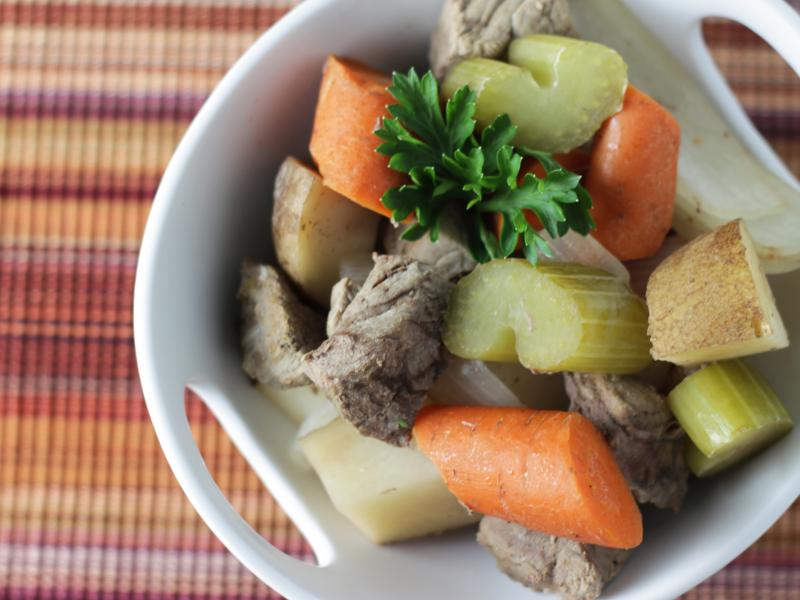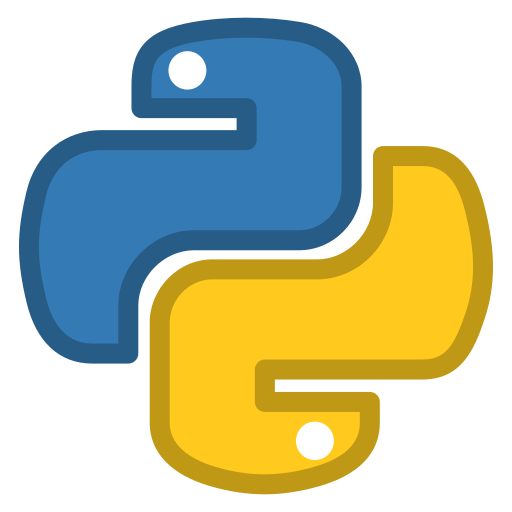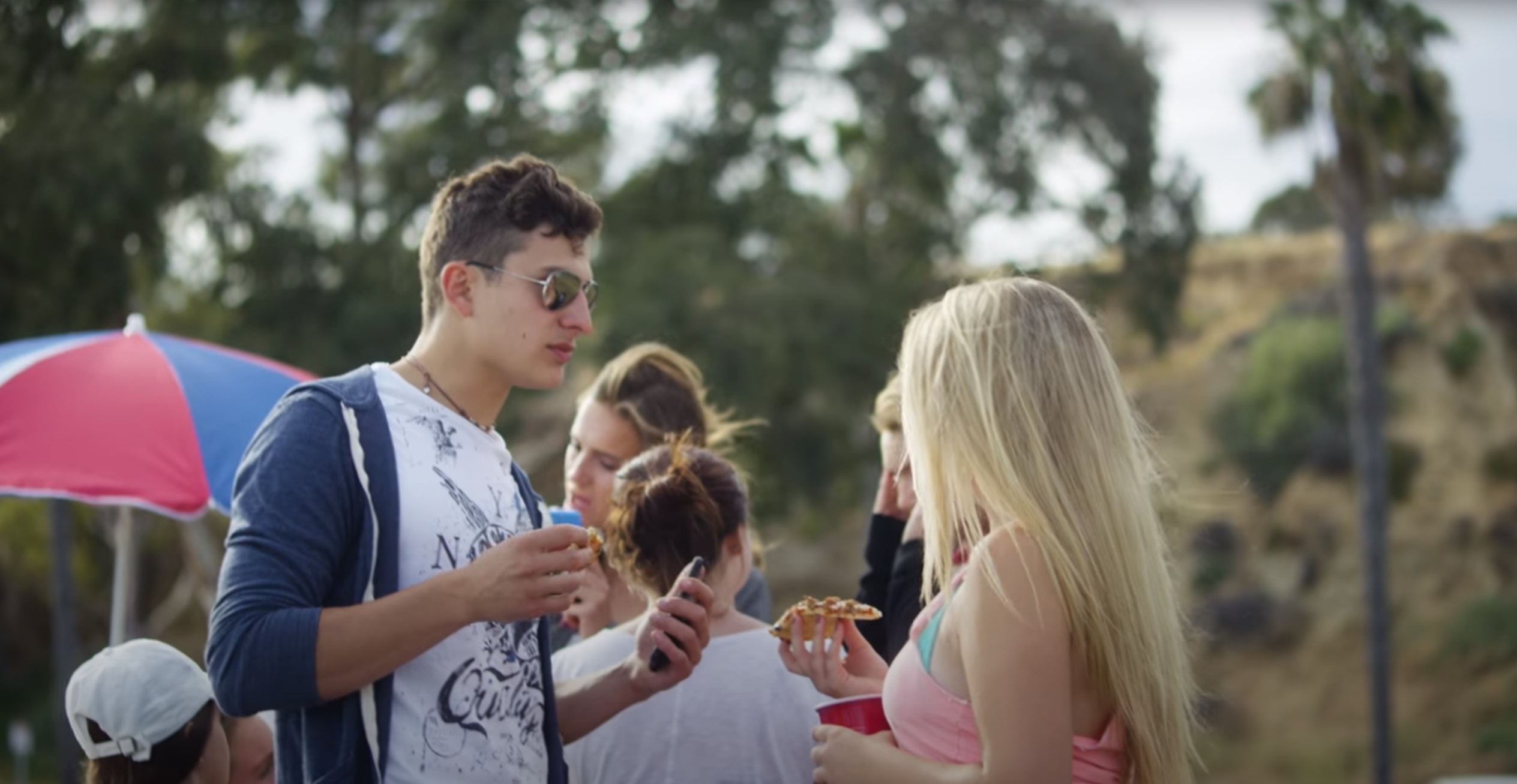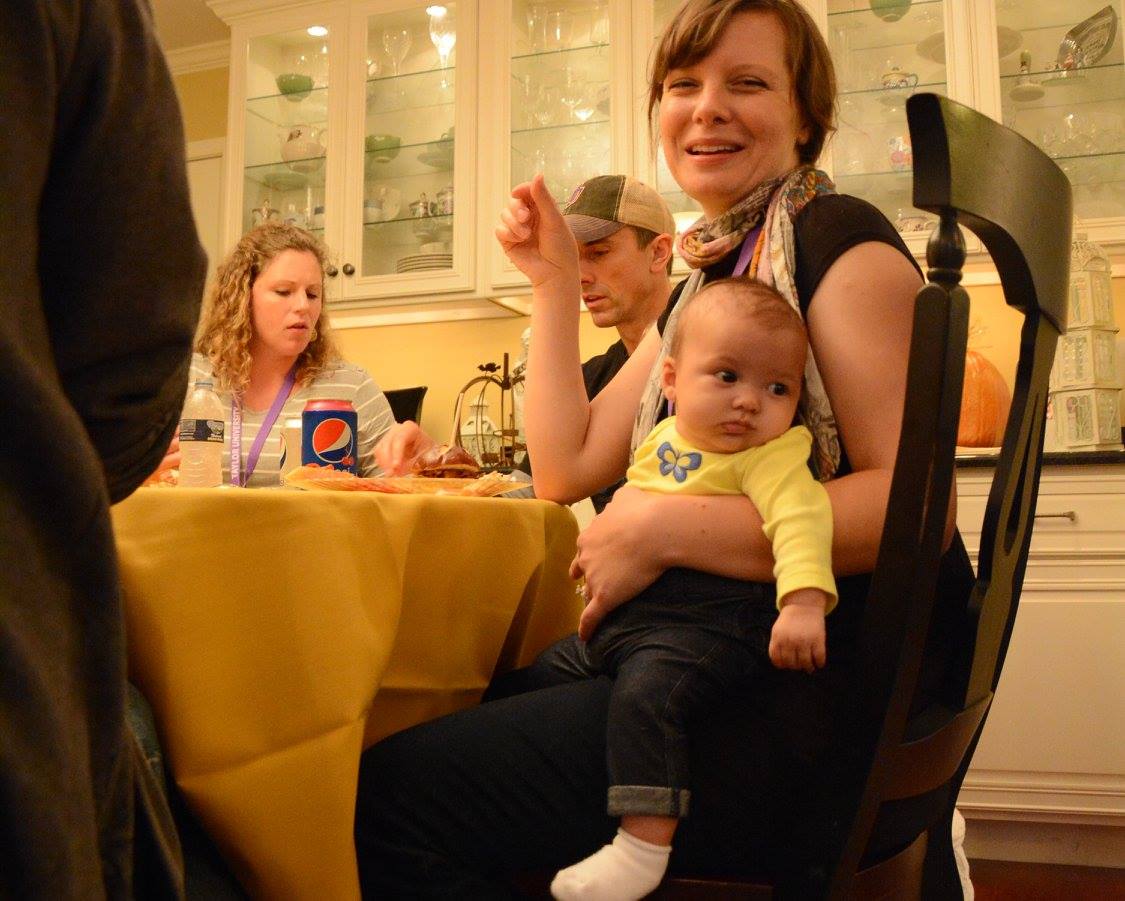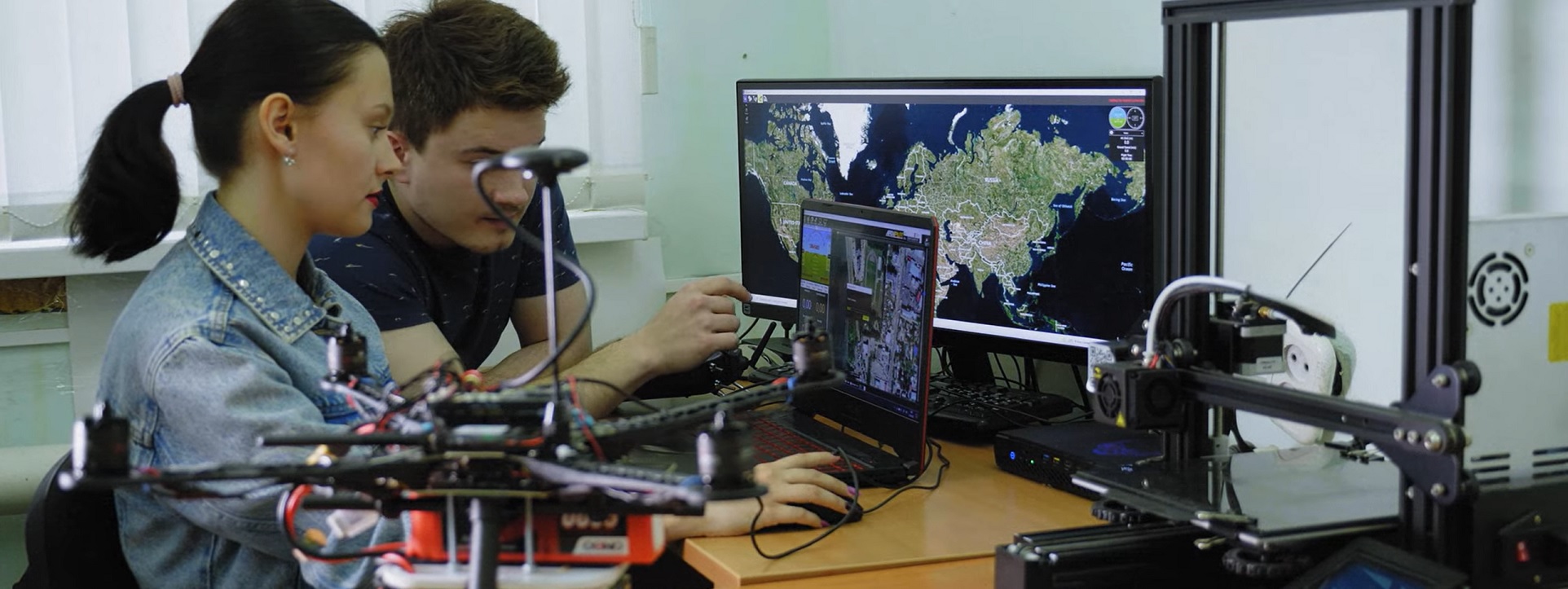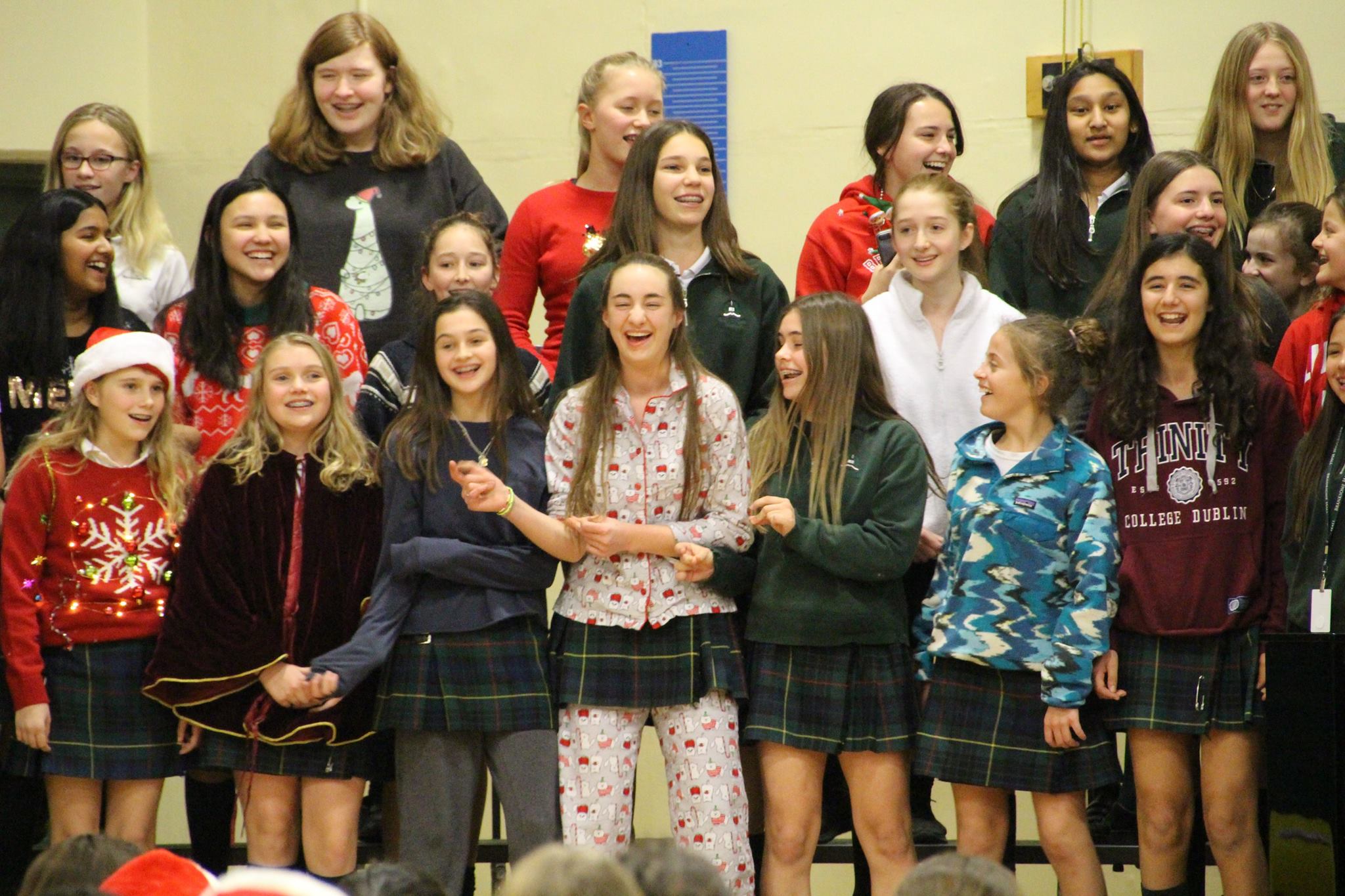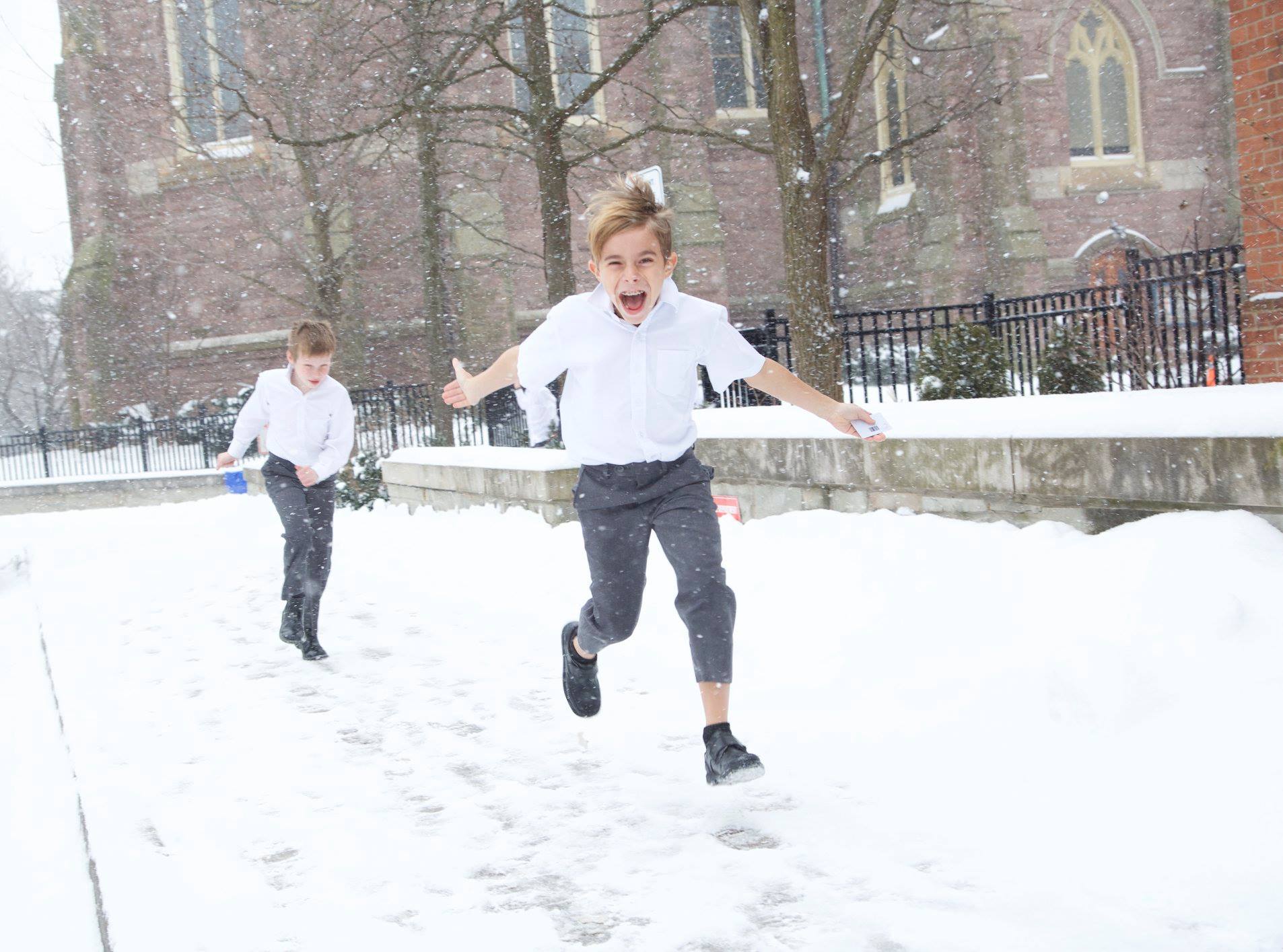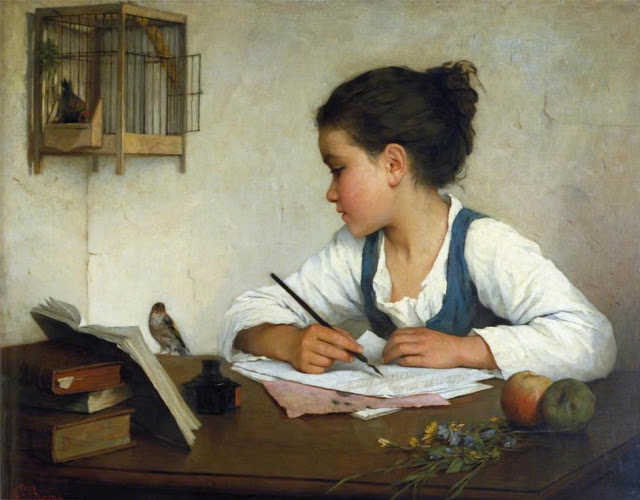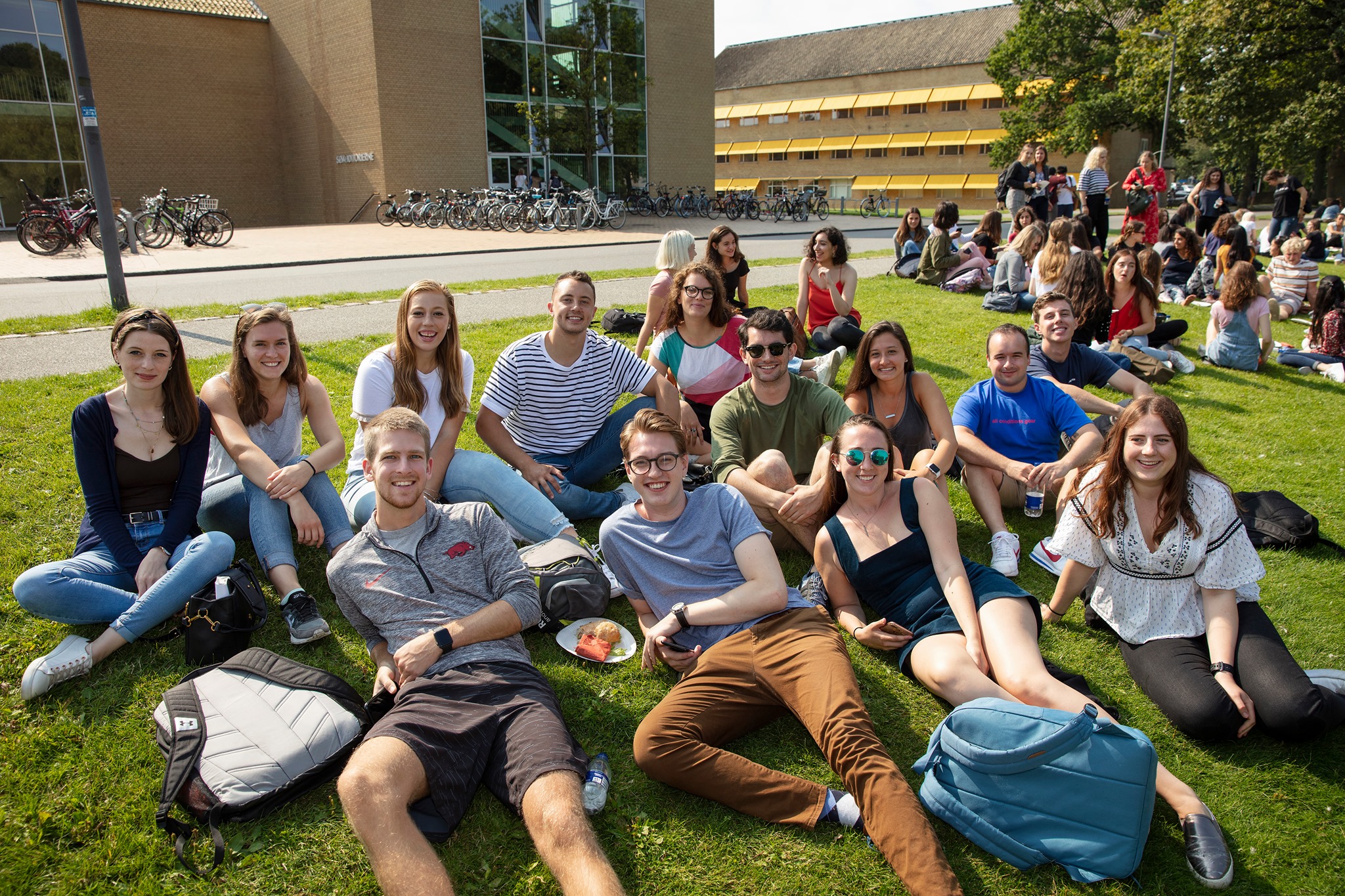New California Veterinary Emergency Team to Coordinate Training, Response
Protecting Animals When Disaster Strikes
- Home Page 2

print(“Python”)
“Python is the programming equivalent
of a Swiss Army Knife.”
— Some guy
Open source standards development is characterized by very open exchange, collaborative participation, rapid prototyping, transparency and meritocracy. The Python programming language is a high-level, interpreted language that is widely used for general-purpose programming. Python is known for its readability, simplicity, and ease of use, making it a popular choice for beginners and experienced developers alike. Python has a large and active community of developers, which has led to the creation of a vast ecosystem of libraries, frameworks, and tools that can be used for a wide range of applications. These include web development, scientific computing, data analysis, machine learning, and more.
Another important aspect of Python is its versatility. It can be used on a wide range of platforms, including Windows, macOS, Linux, and even mobile devices. Python is also compatible with many other programming languages and can be integrated with other tools and technologies, making it a powerful tool for software development. Overall, the simplicity, readability, versatility, and large community support of Python make it a valuable programming language to learn for anyone interested in software development including building automation.
As open source software, anyone may suggest an improvement to Python(3.X) starting at the link below:
Python can be used to control building automation systems. Building automation systems are typically used to control various systems within a building, such as heating, ventilation, air conditioning, lighting, security, and more. Python can be used to control these systems by interacting with the control systems through the building’s network or other interfaces.
There are several Python libraries available that can be used for building automation, including PyVISA, which is used to communicate with instrumentation and control systems, and PyModbus, which is used to communicate with Modbus devices commonly used in building automation systems. Python can also be used to develop custom applications and scripts to automate building systems, such as scheduling temperature setpoints, turning on and off lights, and adjusting ventilation systems based on occupancy or other variables. Overall, Python’s flexibility and versatility make it well-suited for use in building automation systems.
Retrodiction
By design, we do not provide a SEARCH function. We are a niche practice in a subtle, time-sensitive domain with over 30 years of case history in which we have been first movers. We provide links to the most accessed topics in recent days. All queries presented during our “Open Office Hours” every work day, or via email, are gratefully received and prompt a near-immediate response.
https://standardsmichigan.com/wp-admin/post.php?post=101955&action=edit
As part of its ongoing, exhaustive effort to continually promote campus safety, the University of Georgia announced today several additional measures, totaling more than $7.3 million, to further strengthen campus security on its Athens campus. https://t.co/bTg6b4DLUX
— UGA (@universityofga) February 27, 2024
@rmayMVS here ya go! From Kruger National Park South Africa #mvinterim #mvinterinterim2southafrica24 pic.twitter.com/QU0rUuGJgg
— Dr. Kelli Bynum (@kellimccbynum) March 3, 2024
Stacks of fun at @OrielOxford‘s annual #ShroveTuesday race 🥞#PancakeDay pic.twitter.com/nTXOpkR1zO
— University of Oxford (@UniofOxford) February 13, 2024
Electrical heat tracing: international harmonization-now and in the future
Electrical heat tracing: international harmonization-now and in the future
“It is a truth universally acknowledged, that a single man in possession
of a good fortune, must be in want of a wife.”
— Pride and Prejudice by Jane Austen
2024 Student Paper Competition
For nearly twenty years now, the American National Standards Institute Committee on Education administers a student paper competition intended to encourage understanding of the global standards system that also provides a solid prize — in the $1000 to $5000 range. The topic of the 2024 Student Paper Competition will be What Role Do or Could Standards Play in Safe and Effective Implementation of Artificial Intelligence Applications/Systems?
Student Paper Competition Flyer 2024 – Entries due 7 June 2024
For the past six years Standards Michigan has hosted Saturday morning workshops to help students (and faculty) interested in entering the contest. We will soon post those dates on our CALENDER. We typically host them — three sessions ahead of the deadline — on Saturday mornings.
We provide links to previous paper winners and refer you to Lisa Rajchel: lrajchel@ansi.org for all other details.
Related:
“Normal” Things Americans Do That The Rest Of The World Will Never Understand
ANSI 2019 Student Paper Winner: Cybersecurity & Ukraine Power Grid Attack
2019 Student Paper Winner / Standards in Crisis Prevention & Response:
2016 Student Paper Winner | Life, Liberty and Pursuit of Happiness
“Gelukkige Koningsdag!” Stamppot
🇳🇱 KING’S DAY IN THE NETHERLANDS
👑 Today, Dutch King Willem-Alexander celebrates his 57th birthday with Queen Máxima and his daughters Amalia, Alexia and Ariane in Emmen, a town in the northeastern Netherlands.
📍 Emmen city center pic.twitter.com/JLcd51K2Bq
— [Wim Dehandschutter] (@WDehandschutter) April 27, 2024
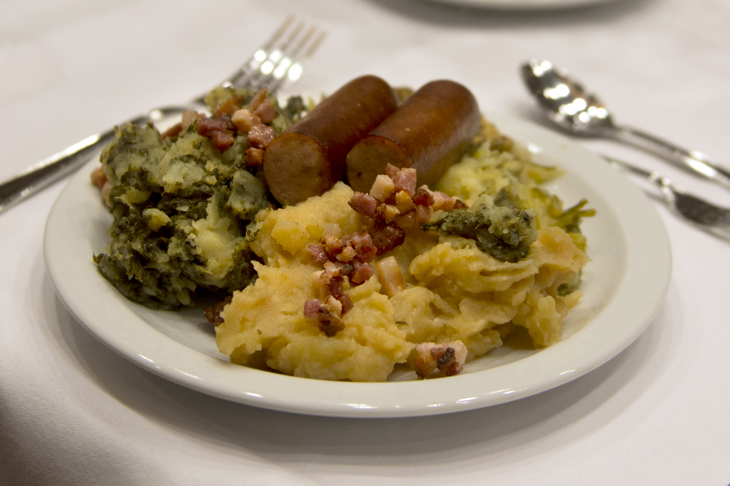
Stamppot is a Dutch comfort food known for its simplicity and versatility. It combines mashed potatoes with various vegetables, typically leafy greens like kale (boerenkool), endive (andijvie), or sauerkraut (zuurkool), and often includes bacon or sausage.
The name “stamppot” comes from the Dutch words “stampen” (to mash) and “pot” (pot). The dish is prepared by mashing the boiled potatoes and vegetables together in a single pot. The result is a slightly chunky mixture of mashed potatoes and vegetables.
There are many variations of stamppot, depending on the vegetables used. The most common types include boerenkool stamppot (kale stamppot), andijvie stamppot (endive stamppot), and zuurkool stamppot (sauerkraut stamppot). Each variation has its own distinct flavor and texture.
Stamppot runs deep in the Netherlands and is considered a staple of Dutch cuisine. It’s a dish that brings people together, especially during the traditional “Hutspot Day” (Hutspotfeest) celebrations in some regions.
Related: Dutch Student Stew
“Dutch Student Stew” also known as “Hutspot” in Dutch. It’s a traditional Dutch dish that consists of mashed potatoes, carrots, and onions, often flavored with salt, pepper, and sometimes bacon. It’s a hearty and simple comfort food that has been popular in the Netherlands for many years. The name “Dutch Student Stew” might be a colloquial or humorous reference to the fact that it’s an easy and inexpensive dish to prepare, making it suitable for students or anyone on a budget.
Track & Field

Gustavus Adolphus College | Nicollet County Minnesota
Beautiful day in the neighborhood 🤟☀️ pic.twitter.com/BRbrh8Ey8Y
— Bobby Guntoro (@bobbygunt) April 4, 2024
underway on our home track!! 🏡🍊 pic.twitter.com/iNjBL5h6mH
— Tennessee Track & Field (@Vol_Track) April 5, 2024
The Spartans swept the podium in not 1, not 2, but 3 races in a row today 😤#GoGreen pic.twitter.com/UZ1nI4X84l
— MSU Track & Field/XC (@MSU_TFXC) April 6, 2024
Recreational sports, athletic competition, and the facilities that support it, are one of the most visible activities in any school, college or university in any nation. Arguably, these activities resemble religious belief and practice. Enterprises of this kind have the same ambition for safety and sustainability at the same scale as the academic and healthcare enterprises.
According to IBISWorld Market Research, Sports Stadium Construction was a $6.1 billion market in 2014, Athletic & Sporting Goods Manufacturing was a $9.2 billion market in 2015, with participation in sports increasing 19.3 percent by 2019 — much of that originating in school, college and university sports and recreation programs. We refer you to more up to date information in the link below:
Sports & Athletic Field Construction Industry in the US – Market Research Report
Today at the usual time we will update our understanding of the physical support systems for the track and field activity listed below:
- Sprinting: Races over short distances, typically 100m, 200m, and 400m.
- Middle-distance running: Races covering distances between sprinting and long-distance running, such as 800m and 1500m.
- Long-distance running: Races over longer distances, including 3000m, 5000m, 10,000m, and marathons.
- Hurdling: Races where athletes jump over hurdles at set distances, such as 110m hurdles (for men) and 100m hurdles (for women).
- Steeplechase: A long-distance race that includes hurdles and a water jump.
- Racewalking: A form of walking competition where athletes race over various distances while maintaining contact with the ground.
- Relays: Team races where athletes take turns running a specified distance before passing a baton to the next runner. Common relay distances include 4x100m and 4x400m.
- High jump: Athletes attempt to jump over a horizontal bar placed at measured heights without knocking it down.
- Pole vault: Athletes use a pole to vault themselves over a high bar.
- Long jump: Athletes sprint down a runway and jump as far as possible into a sandpit.
- Triple jump: Athletes perform a hop, step, and jump sequence into a sandpit, with distances measured from the takeoff board to the nearest mark made in the sand by any part of the body.
- Shot put: Athletes throw a heavy metal ball for distance.
- Discus throw: Athletes throw a discus, a heavy circular object, for distance.
- Javelin throw: Athletes throw a javelin, a spear-like object, for distance.
- Hammer throw: Athletes throw a heavy metal ball attached to a wire and handle for distance.
- Decathlon (men) / Heptathlon (women): Multi-event competitions where athletes compete in ten (decathlon) or seven (heptathlon) different track and field events, with points awarded for performance in each event.
Open to everyone. Log in with the credentials at the upper right of our home page.
Chariots of Firehttps://t.co/frg3Br2y4Q@EdinburghUnihttps://t.co/6sAikAY4ME pic.twitter.com/SCVu1tDFBo
— Standards Michigan (@StandardsMich) March 6, 2021
Issue: [19-46]
Category: Athletics and Recreation, International,
Contact: Mike Anthony, Jack Janveja, Christine Fischer
More
Hindbærsnitter & English Tea
Aarhus University was founded in 1928 and is the second oldest university in Denmark. It has a total enrollment of approximately 39,000 students and employed around 9,000 faculty members and staff. During the summer its doors are open to everyone on earth.
“At the Breakfast Table” | Laurits Andersen Ring
New update alert! The 2022 update to the Trademark Assignment Dataset is now available online. Find 1.29 million trademark assignments, involving 2.28 million unique trademark properties issued by the USPTO between March 1952 and January 2023: https://t.co/njrDAbSpwB pic.twitter.com/GkAXrHoQ9T
— USPTO (@uspto) July 13, 2023
Standards Michigan Group, LLC
2723 South State Street | Suite 150
Ann Arbor, MI 48104 USA
888-746-3670




